This season of Lifetime's Project Runway featured a significant milestone for the popular reality television program. The series, which regularly features a diverse cast of fashion designers, including LGBT and HIV-positive contestants, showcased its first deaf contestant, Justin LeBlanc, who is also gay.
"I am very honored to be the first deaf contestant on Project Runway," LeBlanc tells The Advocate. "It has always been something that I have wanted to do, but I never thought it would become reality. I hope that I represent myself as a positive role model for my deaf peers and inspire them to really work hard to chase after their dreams."
LeBlanc is one of a handful LGBT and differently abled role models to be featured on entertainment television. Tiphany Adams, a bisexual woman in a wheelchair on Push Girls, is a notable example of another reality TV star. The visibility is also slowly extending to the scripted world, which has included characters such as Natalie Pierce (Stephanie Nogueras) on Switched at Birth, who is bisexual and deaf, or Thor Lundgren (Stephen Wallem) on Nurse Jackie, who is gay and diabetic, and uses a prosthetic eye. Quietly, the entertainment world is beginning to incorporate reality stars, characters, and actors with disabilities.
LeBlanc stresses the positive influence that media figures with disabilities can have on public opinion.
"Television is an incredible, powerful means of informing viewers that people with disabilities may be different from the norm but yet are still part of the team that we call society," LeBlanc says, explaining that television reminds audiences that "people with disabilities contribute to making society great."
As Harvey Milk once said, "Rights are won only by those who make their voices heard." This is a philosophy at the heart of GLAAD, which advocates for positive and accurate media representations of the LGBT population. Despite the advances in visibility of differently abled LGBT people on television, there is still much progress to be made, says GLAAD spokesman Wilson Cruz.
"The LGBT community is as diverse as the rest of the American public, and if networks reflect that diversity in their programming, they will create more compelling stories and attract a wider audience," Cruz said in a statement. "When LGBT characters represent different socio-economic backgrounds, ethnicities, or are people with disabilities, viewers get a more truthful depiction of the community. Currently there are few people with disabilities on television, and no scripted characters with HIV/AIDS. This is a missed opportunity to tell original, powerful, important stories."
People with disabilities will represent 1% of the regular characters seen on prime-time broadcast scripted series this season, according to an upcoming GLAAD report. Meanwhile, the U.S. Census Bureau estimates that 12% of noninstitutionalized Americans live with a disability that is classified as apparent. Nonapparent disabilities, which are those that are either invisible or unreported, may increase this number significantly.
Adam Moore, national director of equal employment opportunity and diversity at the entertainment union SAG-AFTRA, recognizes that there is still much work to be done before people with disabilities are fairly represented in the media. This work also extends to casting in Hollywood, which can be discriminatory.
"In a business where it supposed be about what you can play and not about what you actually are, identifying yourself as either LGBT or as having a disability -- let alone as both -- can be a difficult and career-changing decision," Moore says in a statement to The Advocate. "SAG-AFTRA supports our all of our members and anyone seeking work as a performer, broadcaster, or recording artist with a specific emphasis on protecting those who are least represented."
Jason Stuart, the national cochair of the SAG-AFTRA LGBT committee, agrees with Moore, stressing that education of both leaders and the public is essential toward effecting this positive change.
"SAG-AFTRA's many diversity committees, including the LGBT and Performers With Disabilities Committees and staff, are working hard to help educate and inform industry leaders and the general public about diversity in casting and the diverse SAG-AFTRA performers available," Stuart says. "More work needs to be done to ensure that the fabric of the American scene -- in all of its diversity -- is truly reflected on screen."
LeBlanc suggests that creators and decision makers in the media have to be educated about disabilities. "There is no single way to portray characters with disabilities, because each person is unique," he says. "It is just a matter of being well-informed and being open-minded to understand where each character is coming from."
Industry professionals recognize that entertainment is an effective means of promoting social change. Jerry Kolber was a producer of Queer Eye for the Straight Guy, the groundbreaking Bravo show in which five gay men helped transform the lives of straight men through grooming tips and Pygmalion-esque edification. The show, which premiered 10 years ago, was a pop culture phenomenon that played a key role in establishing an LGBT presence in the national television lineup. Bravo, which first aired Queer Eye, has since developed a host of other shows in fashion, food, and home design that feature gay characters and trace a clear lineage to the "Fab Five."
Today, Kolber, who is gay, is a creator and producer of National Geographic's Brain Games, an Emmy-nominated show that uses interactive experiments to engage viewers in learning about science. Although a series about the acculturation of straight men and a series about science may seem like they are on opposite ends of the Kinsey television spectrum, they share the same DNA. Kolber says both shows "have a hidden educational agenda wrapped in something very entertaining."
"Let's assume that television can be used to educate people on things they want to learn about, without having them sit down to a lecture or a dry documentary," he says. "It's a challenge I issue to the producers that we work with and the writers: Let's come up with formats where you're learning without realizing you're learning, where you're having fun."
"Making people laugh is an awesome way to make friends at a party," Kolber says. "And it's a great way to get people to watch your TV show."
In this light, LeBlanc's role on Project Runway becomes more meaningful. Millions of viewers learned about his talents as a fashion designer as well as the significance of his identity as a gay and deaf role model. They are gaining an education not only in fashion but also in tolerance and awareness of minority issues. These are factors that may have influenced Project Runway adviser Tim Gunn, who, for the first time in the show's history, was given the opportunity to save one contestant from elimination. He chose LeBlanc.
"I believe in your talent," Gunn told the young designer. "You need a little more time here."
LeBlanc says he does not see being deaf as having a disability.
"It can be an obstacle or an impediment in some circumstances. It forces me to work harder," he says. "But it's not a disability. I am as physically and mentally capable as my hearing peers. If anything, my deafness has made me stronger."
LeBlanc also offered advice for a person belonging to any minority group, in entertainment or otherwise.
"Work hard -- really, really hard," he says. "Pursue your educational goals with whatever resources you can find. Don't use your disability as a crutch. Demand equal treatment and access to educational resources. Experiment with art in all of its forms. Do not sell yourself short."









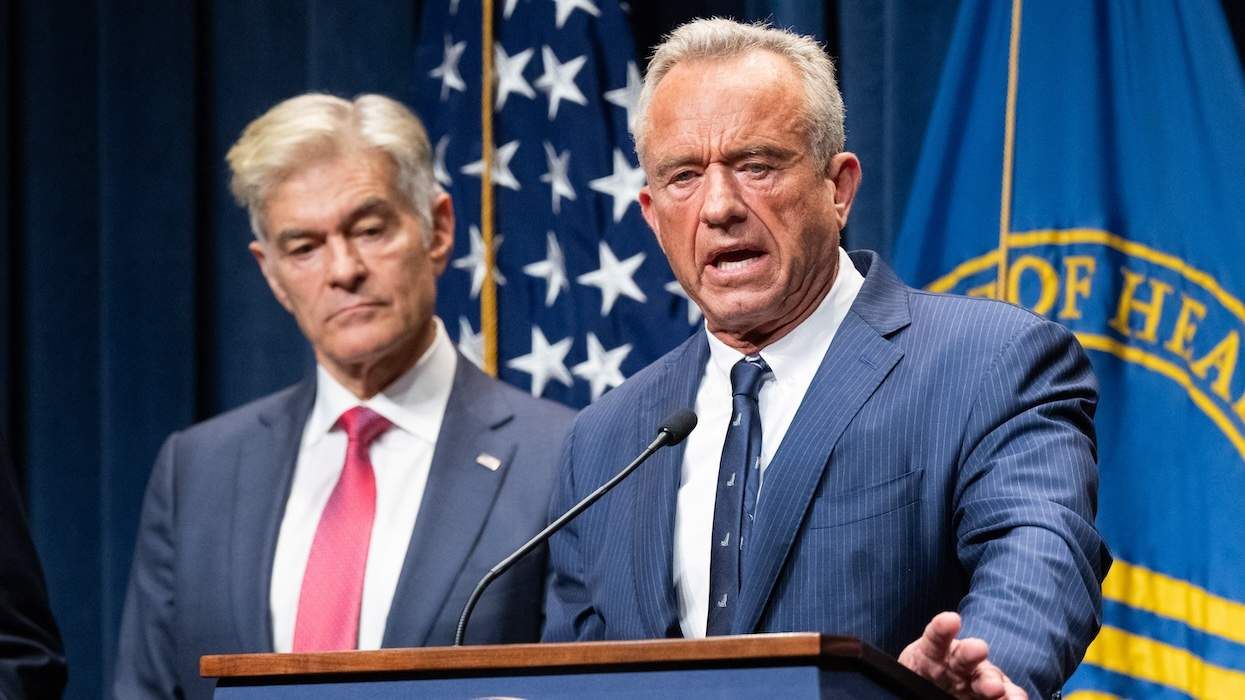
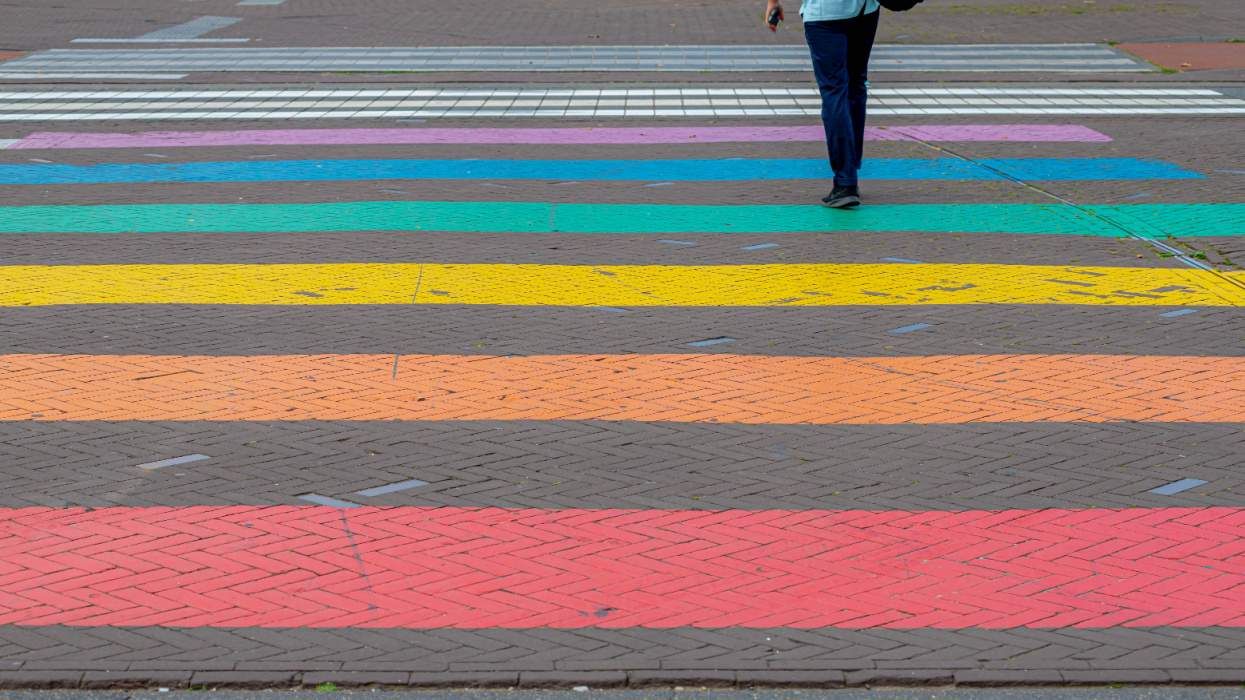

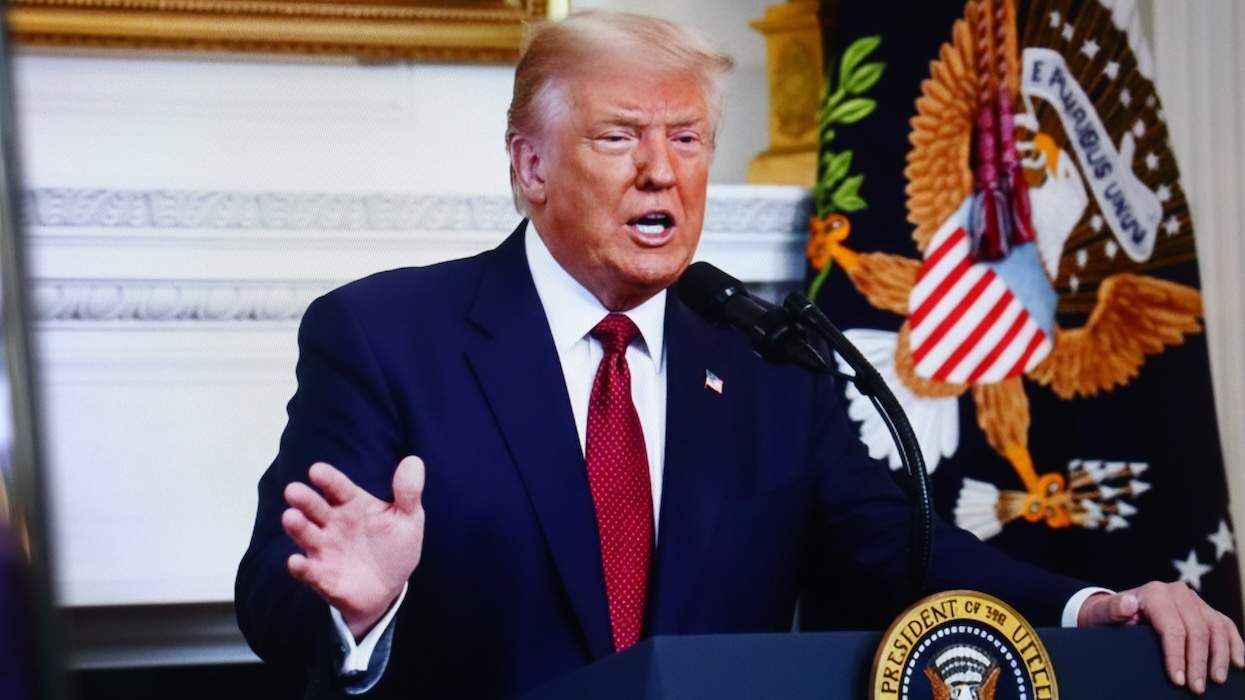
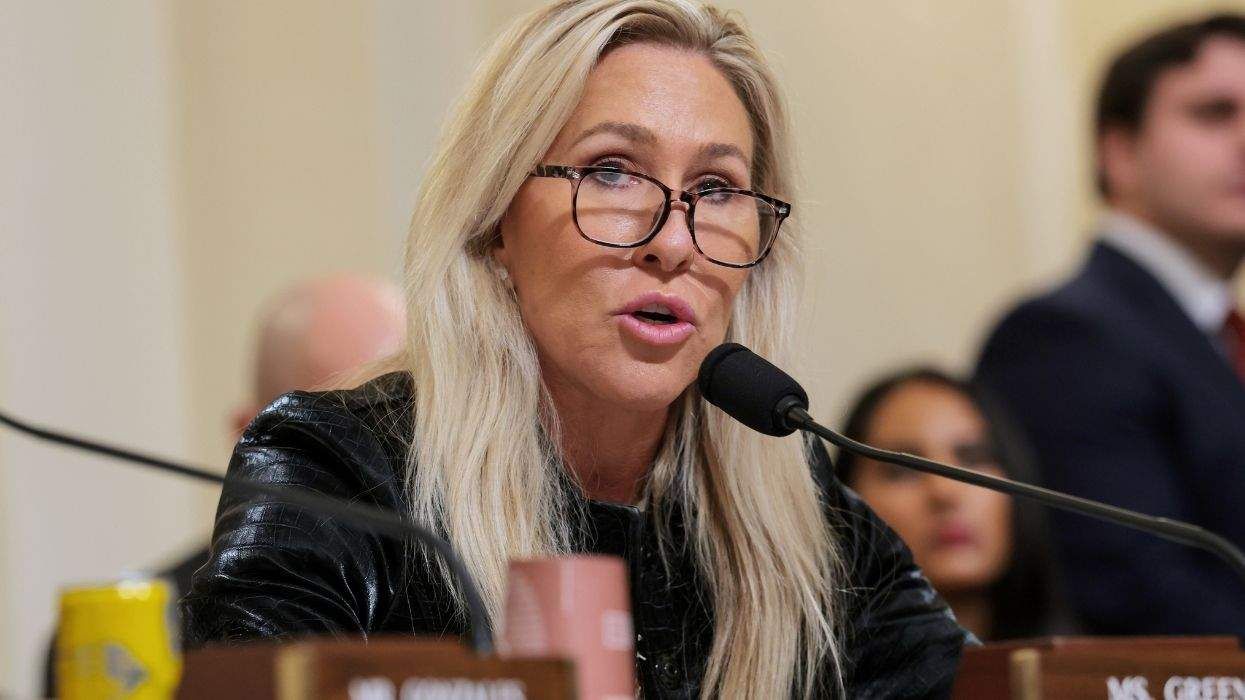
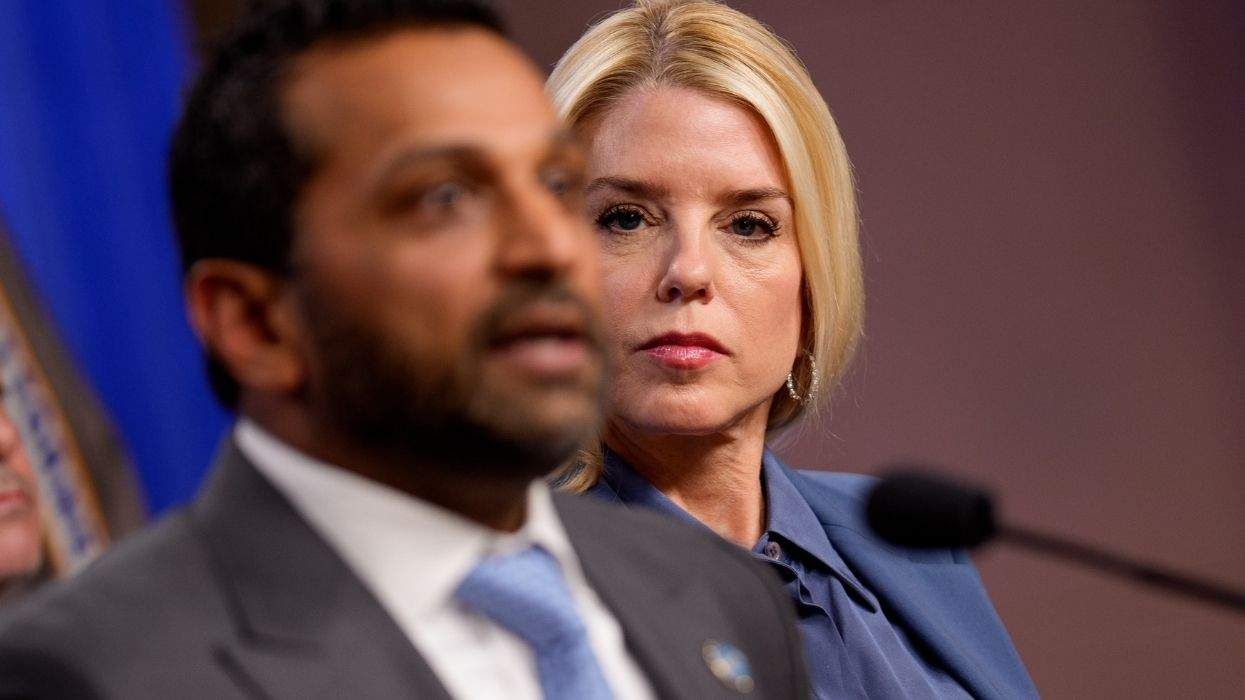

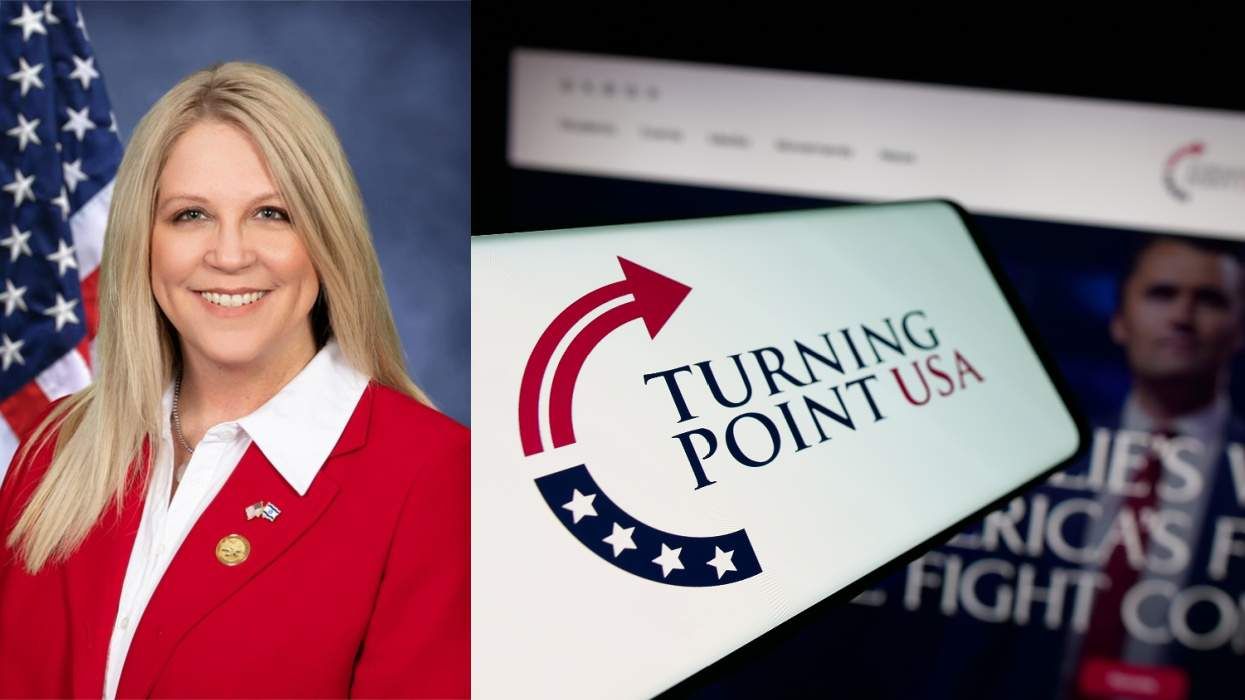

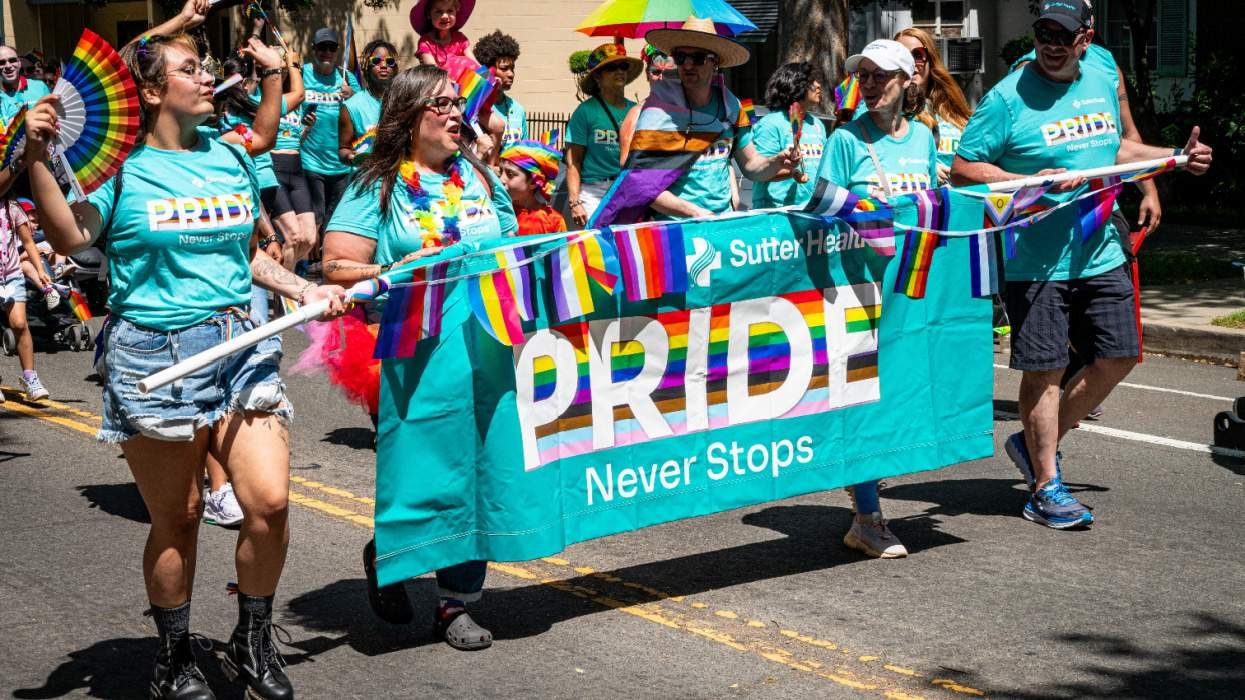
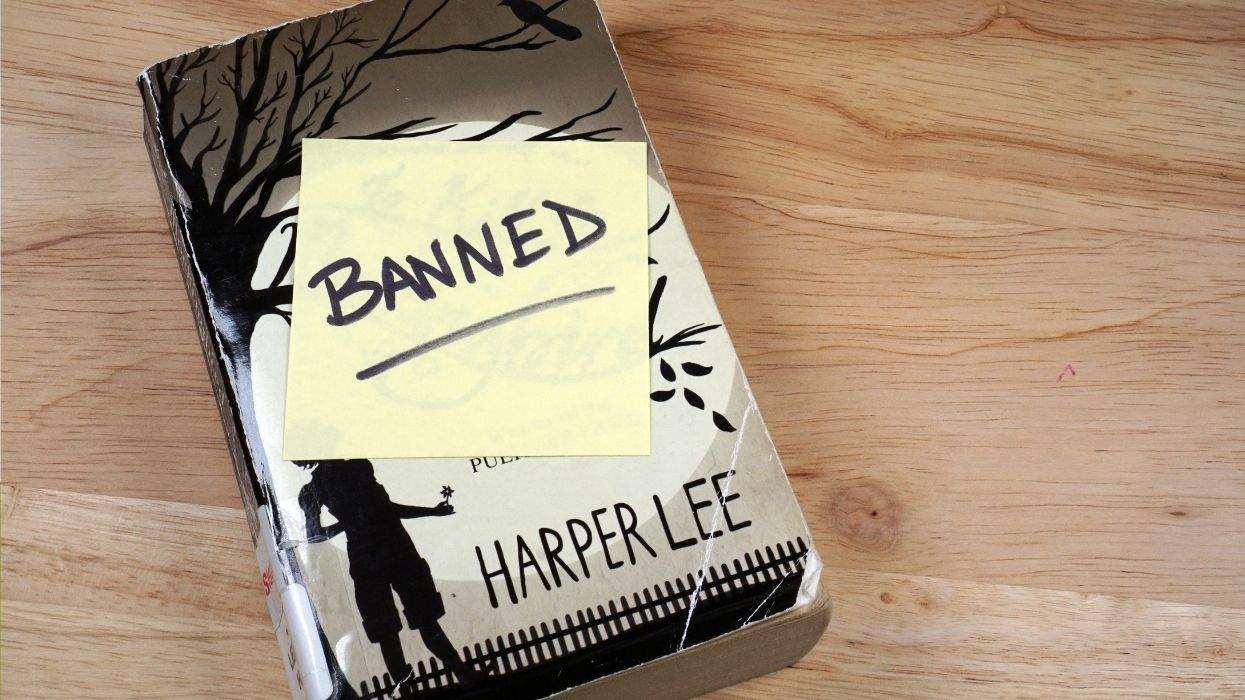

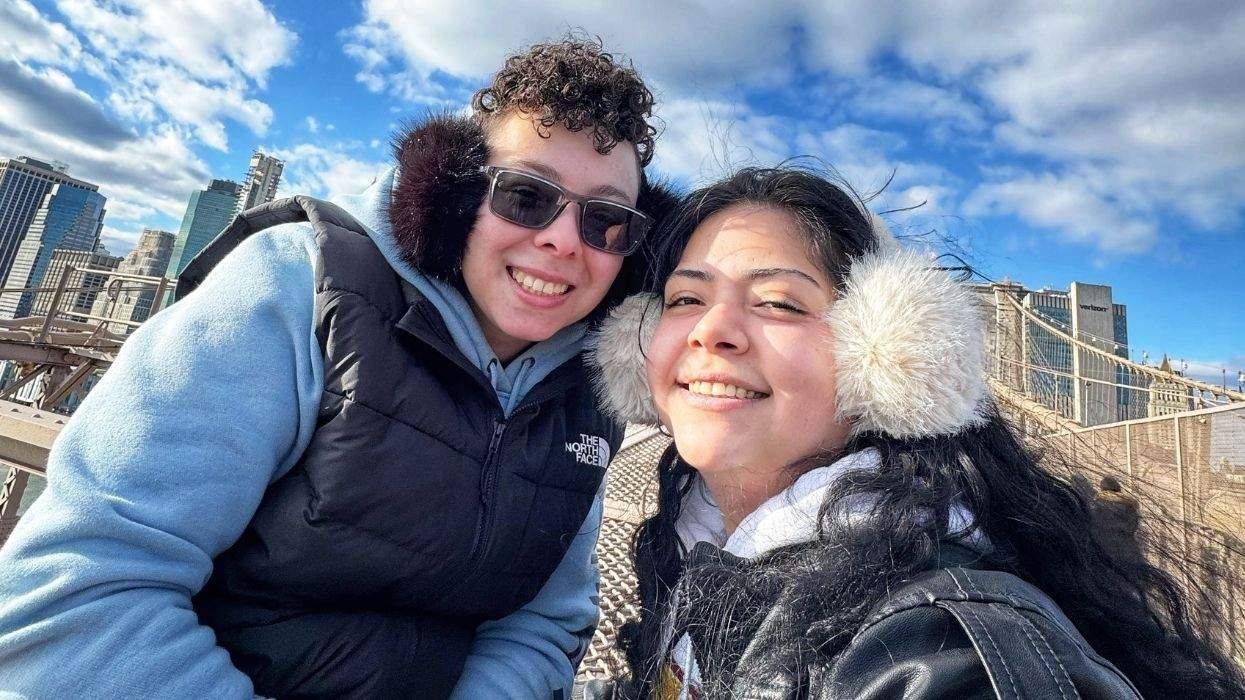
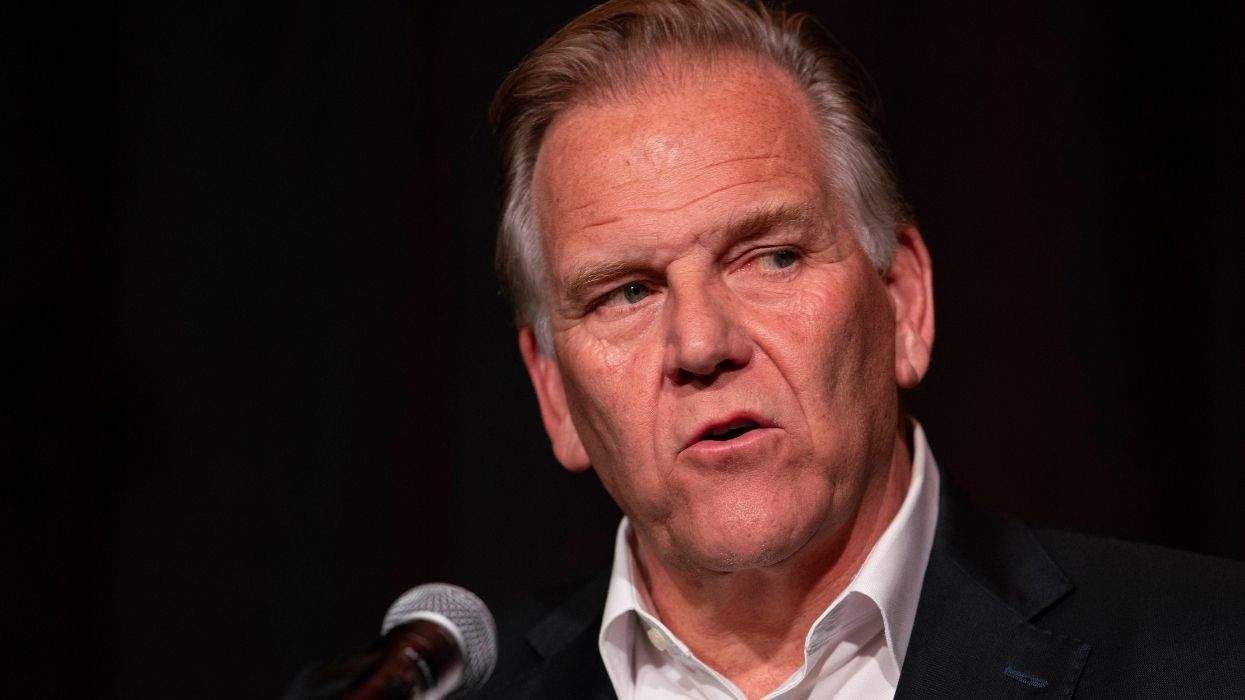
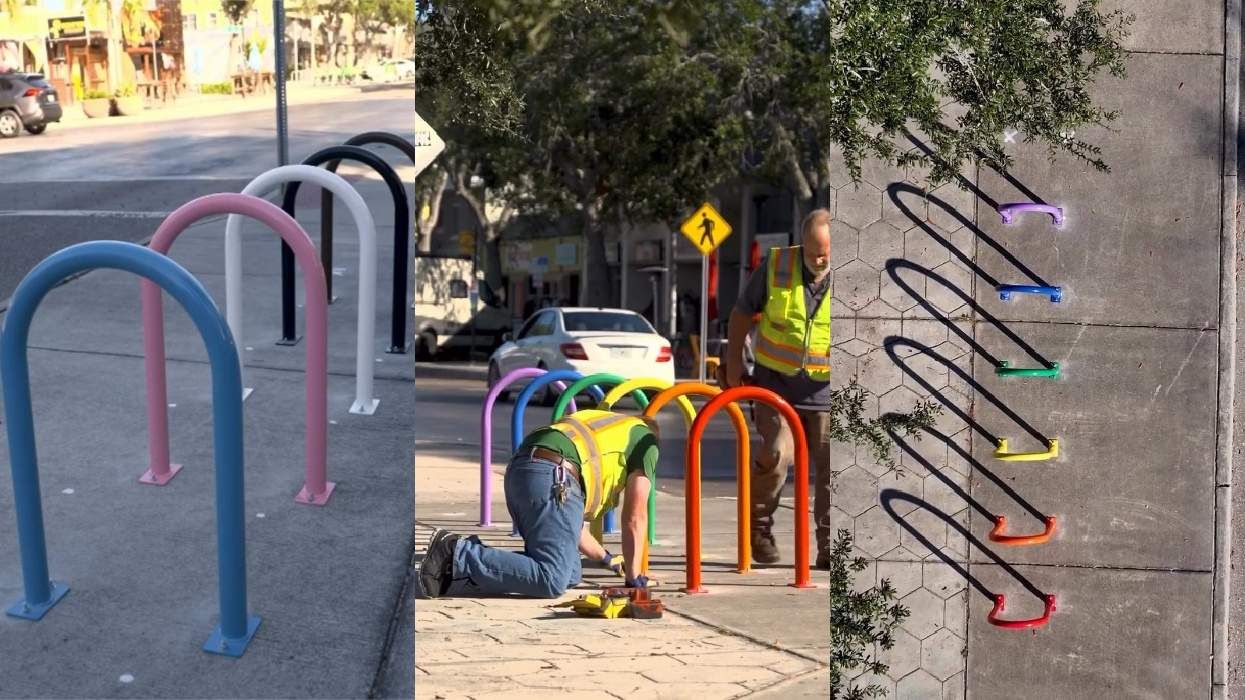
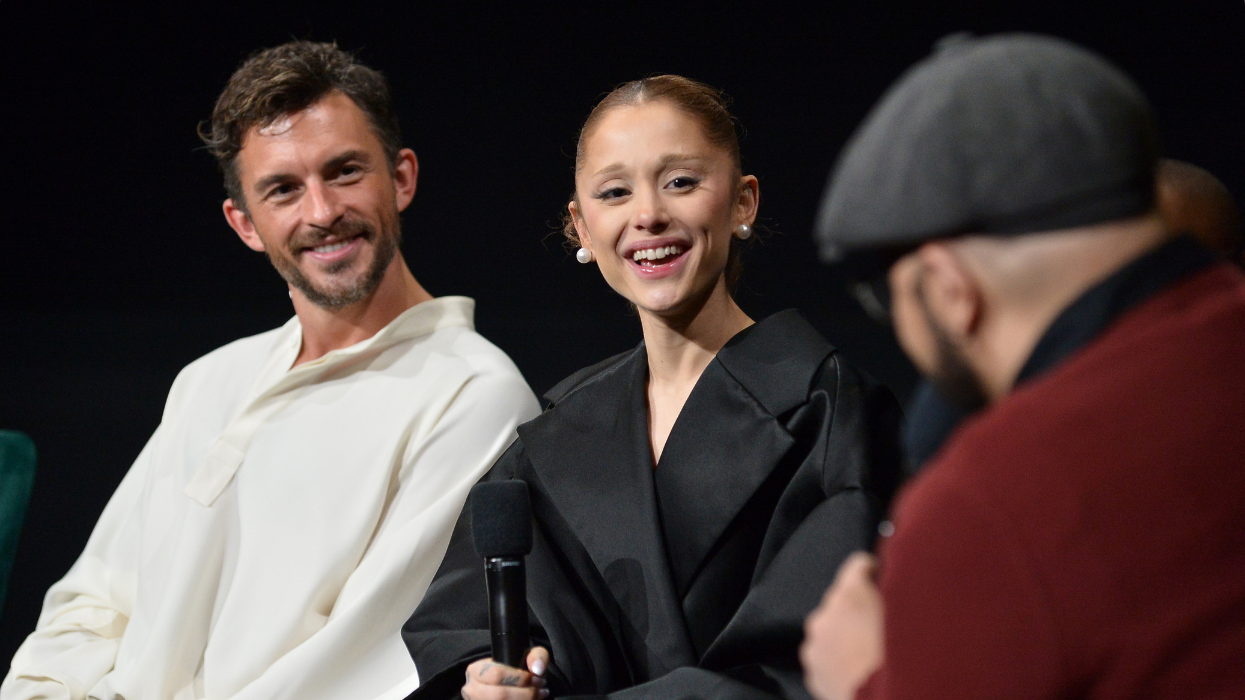
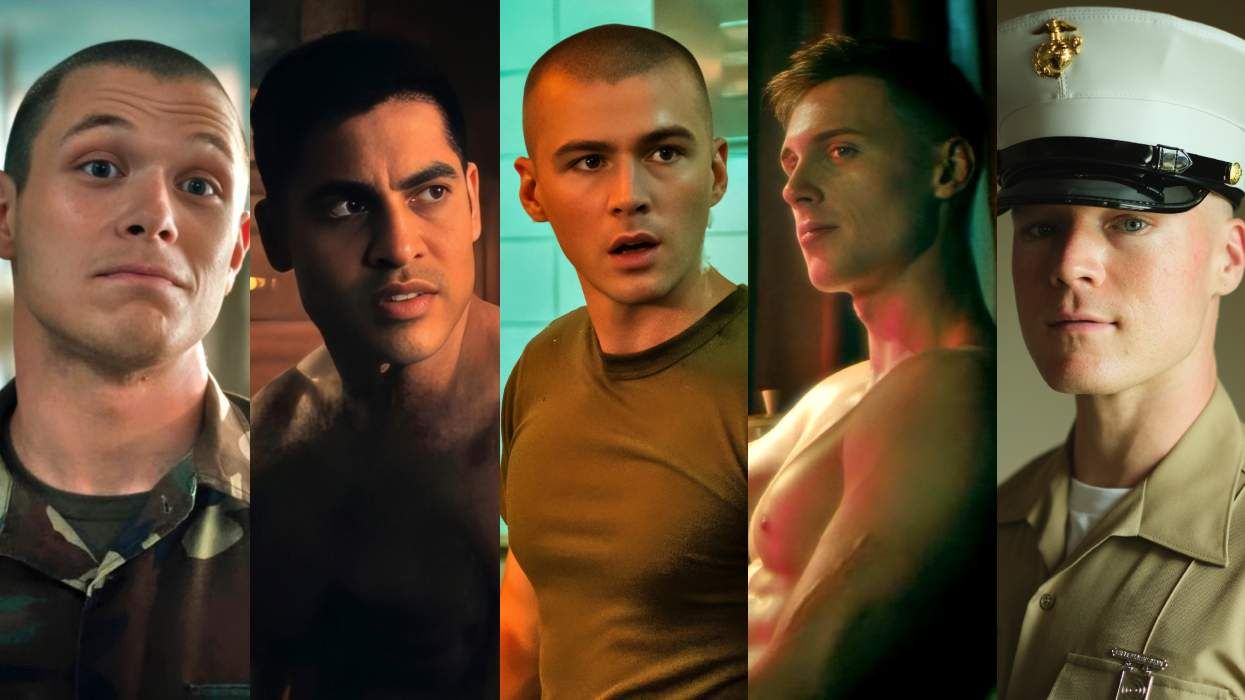
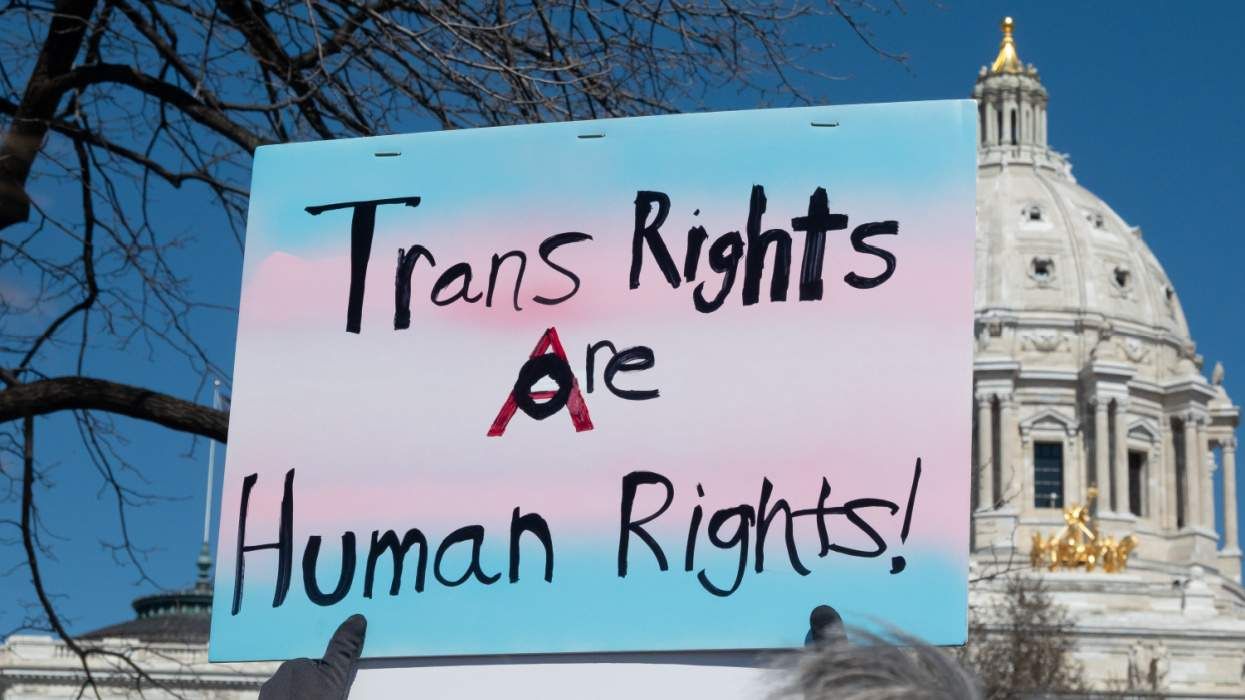

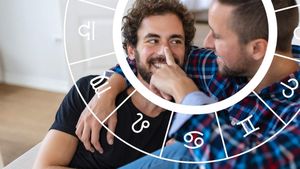

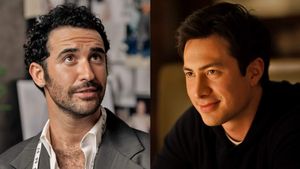
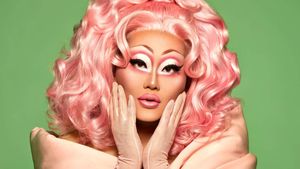



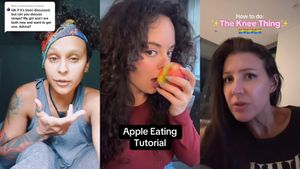
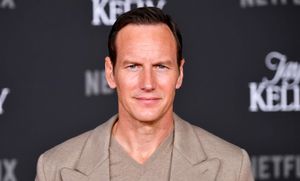



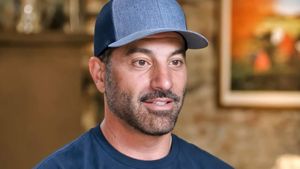


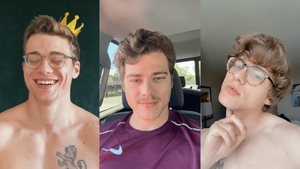



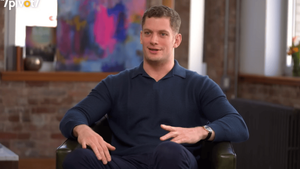



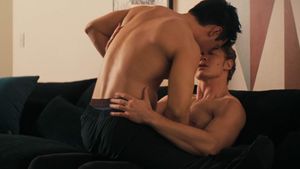

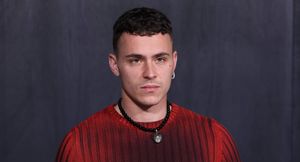






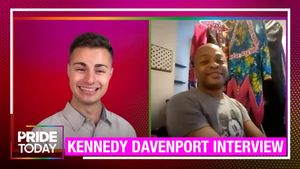





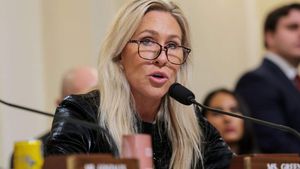

Charlie Kirk DID say stoning gay people was the 'perfect law' — and these other heinous quotes